Health, Safety & Altitude sickness in Manaslu Circuit Trek 2026/2027: What Every Trekker Should Know
Reading time: ~8–10 minutes
Best for: First-time Manaslu trekkers, group leaders, and independent hikers planning for 2026–2027. (info of altitude sickness in manaslu circuit trek
Why this guide matters during Altitude sickness in Manaslu Circuit Trek
The Manaslu Circuit (max ~5,160 m at Larkya La Pass) is a spectacular yet serious high-altitude trek. Good planning around health, acclimatization, nutrition, and emergency readiness turns a tough hike into a safe, rewarding journey.
Quick facts ( health & altitude at a glance)
| Topic | Essentials |
| Highest point | Larkya La Pass ~5,160 m |
| Typical itinerary | 13–16 days (add acclimatization nights in Samagaun/Samdo) |
| Permit checks | Restricted Area Permit (RAP), MCAP, ACAP; licensed guide required |
| Cell & power | Patchy above Namrung; carry power bank & SIM/eSIM; consider satellite messenger |
| Biggest risks | AMS, dehydration, GI upset, cold injury, slips/ankle sprains, rockfall/landslides in wet season |
| Best seasons | Autumn (Sep–Nov), Spring (Mar–May) |
Understand altitude: AMS, HAPE, HACE (recognize early!)
High altitude reduces oxygen. Anyone—fit or not—can develop Acute Mountain Sickness (AMS).
Common AMS signs (usually 6–24h after ascent):
- Headache not relieved by simple measures
- Nausea/vomiting, loss of appetite
- Unusual fatigue, poor sleep, lightheadedness
Serious red flags (stop ascending; descend & seek help):
- HAPE: breathlessness at rest, persistent cough, frothy sputum, fast heartbeat
- HACE: severe headache, confusion, loss of coordination, behavior changes
Golden rules
- Don’t ascend with symptoms. If worse, descend.
- Climb high, sleep low, and add rest days.
- Discuss preventive medicine (e.g., acetazolamide) with your doctor before the trip. (No self-prescribing.)
Smart acclimatization plan (sample for 14–15 days)
- ≤3,500 m: keep daily net sleeping-altitude gain ≤500–600 m.
- 3,500–5,000 m: target ≤300–500 m net gain; insert rest days.
Where to add extra nights on Manaslu:
- Samagaun (~3,530 m): acclimatization hike to Manaslu Base Camp viewpoint or Birendra Lake.
- Samdo (~3,860 m): hike toward Tibet viewpoint (4,400–4,600 m) then sleep back low.
- Before Larkya Phedi/Dharamsala (~4,460 m): arrive rested; avoid arriving late and exhausted.
Pre-trek health checklist
- Medical clearance: especially if you have heart/lung conditions, diabetes, or prior altitude issues.
- Vaccinations: follow traveler guidance for Nepal (e.g., Hep A, Typhoid, Tetanus per your clinician).
- Fitness base: 6–8 weeks of hiking/cardio + leg/ankle strength and core stability.
- Insurance: must cover helicopter evacuation above 5,000 m and restricted-area trekking.
- Med kit (personalized): blister care, oral rehydration salts (ORS), pain reliever, antidiarrheal, antihistamine, wound care, any prescriptions, altitude plan from your doctor.
Daily habits that keep you safe
Hydration & nutrition
- 3–4 L fluids/day (water, soups, tea). Use ORS if vomiting/diarrhea or after long hot days.
- Eat carb-forward meals (dal bhat, pasta, rice, potatoes) for energy at altitude.
- Avoid excess alcohol and sleeping pills—they worsen acclimatization and breathing.
Pacing & recovery
- Keep a conversational pace; if you’re gasping, you’re going too fast.
- Warm up/cool down 5–10 minutes; gentle mobility for hips, calves, and back.
- Sleep warm and dry: change into dry layers at the lodge; air boots/insoles.
Hygiene
- Sanitize hands before meals; drink treated/boiled water.
- Peel fruit; choose piping hot foods; be cautious with raw salads at high camps.
Weather, seasons, and terrain risks
- Autumn (Sep–Nov): best visibility; cold nights near/after Larkya La.
- Spring (Mar–May): milder temps, possible afternoon snow at the pass.
- Monsoon (Jun–Aug): landslide/rockfall, leeches below 2,000 m; visibility poor.
- Winter (Dec–Feb): severe cold/ice; pass closures possible after heavy snow.
Trail hazards: narrow traverses, stone steps, suspension bridges, occasional ice above 4,500 m. Trekking poles reduce slip and knee strain.
Gear you shouldn’t compromise on
- Footwear: broken-in trekking boots with ankle support; camp shoes.
- Insulation: 3-layer system (base, mid, shell), down jacket (−10 °C comfort), warm hat/gloves/liners.
- Rain & wind: waterproof shell (20k/20k if possible), pack cover/dry bags.
- Sun & cold protection: glacier glasses (Category 3–4), SPF 50+, lip balm, neck gaiter.
- Sleep: 0 to −10 °C sleeping bag, liner.
- Safety tech: headlamp, satellite messenger or PLB, power bank (≥10,000 mAh), whistle, small duct tape.
- Water: filter + chemical backup or rely on boiled lodge water.
Route health notes (typical altitude flow)
- Machha Khola (~900 m) → Namrung (~2,630 m): GI/hygiene focus; hot & humid lower sections—hydrate.
- Lho (3,180 m) → Samagaun (3,530 m) → Samdo (3,860 m): AMS screening; add acclimatization hikes.
- Dharamsala/Larkya Phedi (4,460 m) → Larkya La (5,160 m): pre-dawn start, steady pace, protect from wind chill, hydrate even if not thirsty; descend promptly to Bimtang (3,720 m).
When things go wrong: decision tree
- Mild AMS (headache, mild nausea, fatigue):
- Stop ascending; rest, hydrate, light carbs, reconsider next day.
- Symptoms persist/worsen or severe signs (HAPE/HACE):
- Descend immediately with assistance; keep warm, give oxygen if available.
- Contact insurance/emergency support via satellite messenger or local operator.
- Injury/illness (sprains, GI, fever):
- Stabilize; assess ability to walk out vs. mule support or heli evac if warranted.
Important: Discuss medication plans with your doctor pre-trip; carry a written altitude plan and insurance hotline numbers.
Local regulations & logistics that affect safety
- Permits: Restricted Area + MCAP/ACAP; licensed guide and registered agency required in Manaslu region.
- Accommodation: teahouses; confirm heating, water availability, and early breakfast before pass day.
- Cash & payments: Carry enough cash for 4–5 days above Namrung; ATMs unreliable.
- Waste & environment: Pack out batteries/masks; use toilets; carry a small trash bag.
Responsible trekking & group health
- Daily health check-ins (headache scale, appetite, urine color).
- Agree on a turn-around policy—the slowest/ill member sets the plan.
- Respect wildlife, monasteries, and local customs; ask before photographing people.
Packing list (health-focused add-ons)
- ORS (4–6 sachets), zinc tablets if your clinician advises, probiotics
- Blister kit (hydrocolloid pads, tape, antiseptic)
- Lightweight knee/ankle support sleeves if you’re prone to strains
- Heat packs for back/knee relief; silicone earplugs for better sleep
- Personal water treatment (filter + chlorine dioxide tabs)
- Copies of passport, permits, insurance, and emergency contacts in a zip bag
Suggested internal links (for your site)
- Manaslu Circuit – Classic 14-Day Itinerary (use as a pillar link)
- Best Season for Manaslu Trek
- Permits & Costs for Manaslu
- Packing List for Nepal Treks
- Travel Insurance Guide for High Altitude
Final tip
Treat Manaslu with respect: go slower than you think, drink more than you want, and rest before you need. The mountain will still be there tomorrow—make sure you are, too.
Share this content:

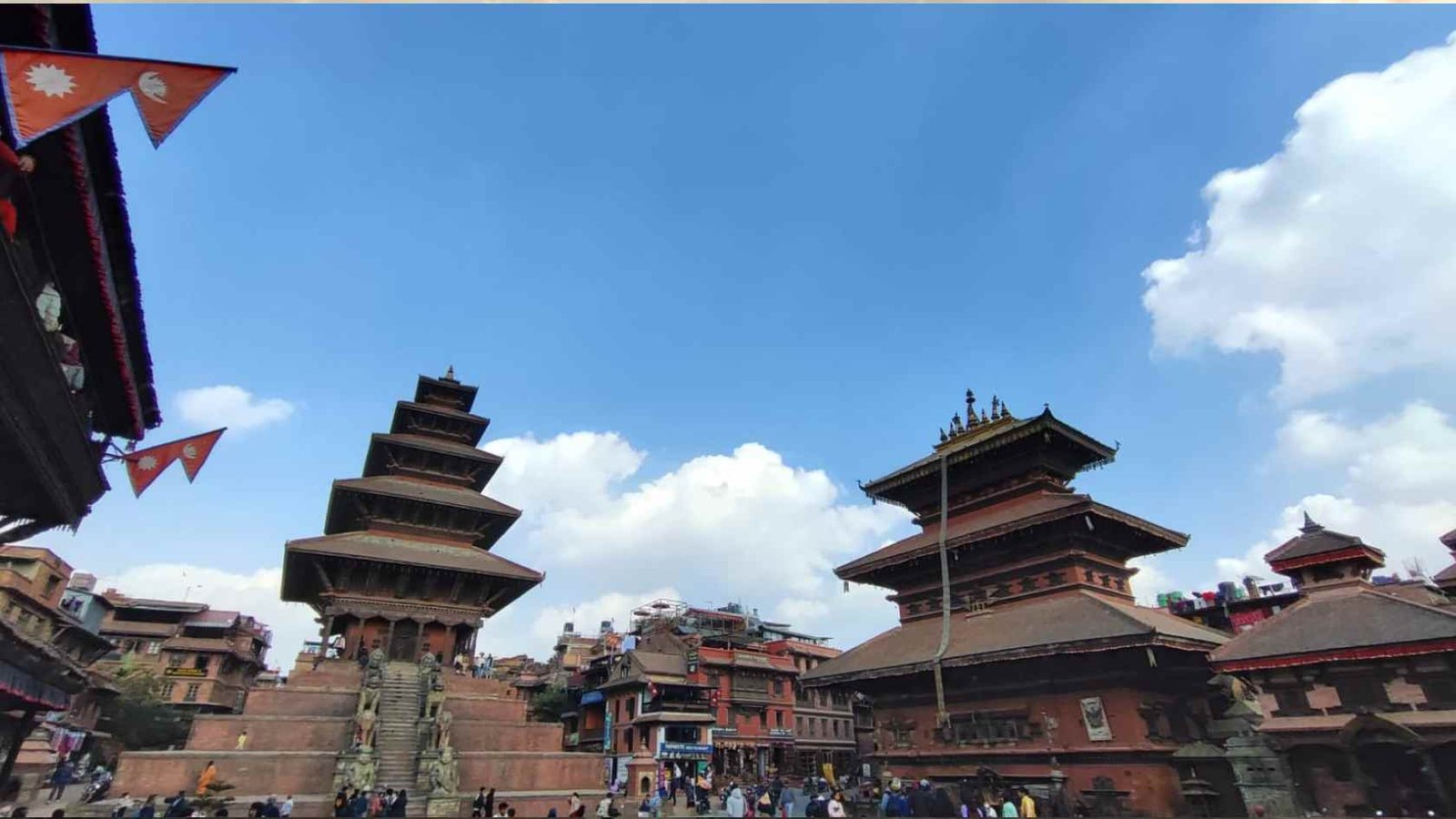


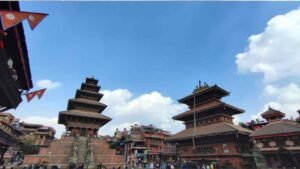
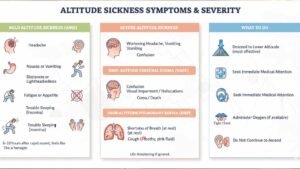
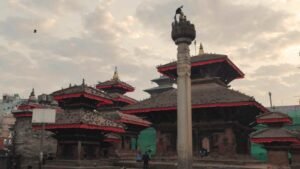
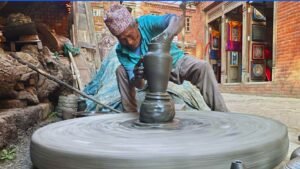
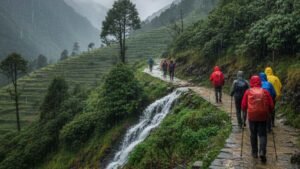
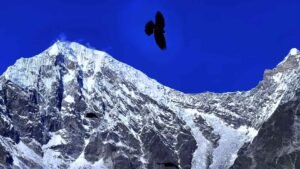
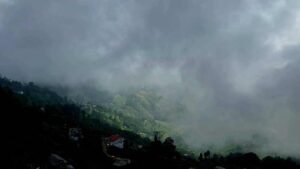

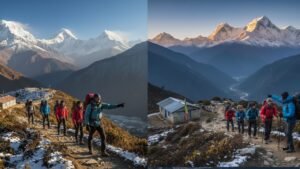
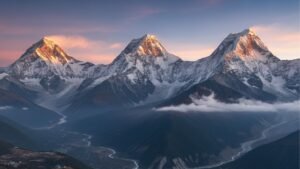
Post Comment